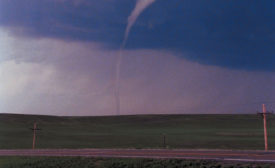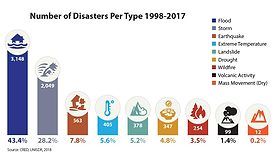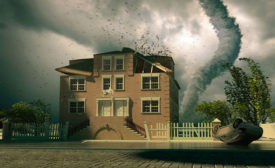Security & Business Resilience
Automation, IoT Enhance Mass Notifications
How is Enterprise Security leveraging technology to manage mass note messages in and out of their facilities?
October 10, 2018
Sign-up to receive top management & result-driven techniques in the industry.
Join over 20,000+ industry leaders who receive our premium content.
SIGN UP TODAY!Copyright ©2024. All Rights Reserved BNP Media.
Design, CMS, Hosting & Web Development :: ePublishing








